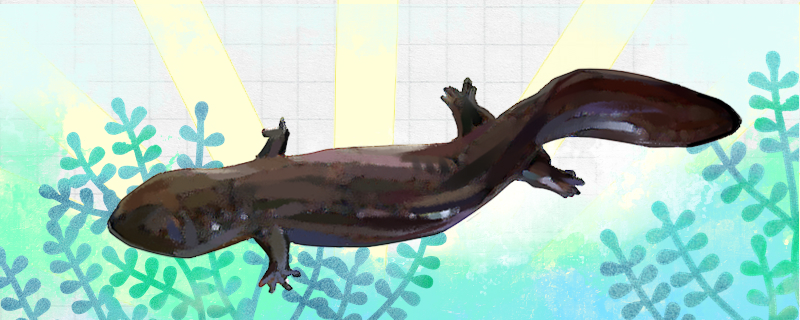
out of water? Giant salamanders, also known as giant salamanders, are amphibians. At different stages of their growth and development, their living environment and body structure have changed greatly. When the giant salamanders are small, they still use gills to breathe. Like the respiratory organs used by fish in the water, they can breathe freely in the water. If they leave the water, they will not be able to survive, and they will die after a day at most. Therefore, they can't live without water at this time, and they will die soon.
When the giant salamanders reach adulthood, the situation changes a lot. They don't use gills to breathe. They develop lungs and use them to breathe. Then, the giant salamander can not breathe in the water, but can breathe freely on the land, so they can survive out of the water. But because giant salamanders don't just breathe with their lungs, their skin also needs to play a role, and they need to move properly in the water to keep their skin moist, so they can't stay out of the water for too long.
giant salamander is different in different stages of growth and development. When they are young, giant salamanders breathe through their gills. They can only breathe smoothly in the water, otherwise they can't breathe. Therefore, they can only live for a short time out of the water. Generally speaking, they may die within a few hours.
When giant salamanders reach adulthood, their respiratory organs change from gills to lungs, and they can leave the water at this time. But they can't breathe only with their lungs, and their skin has to play a certain role, so adult giant salamanders can't stay out of water for a long time. However, they can stay out of water for longer than juveniles, and can generally persist for a month without dying.